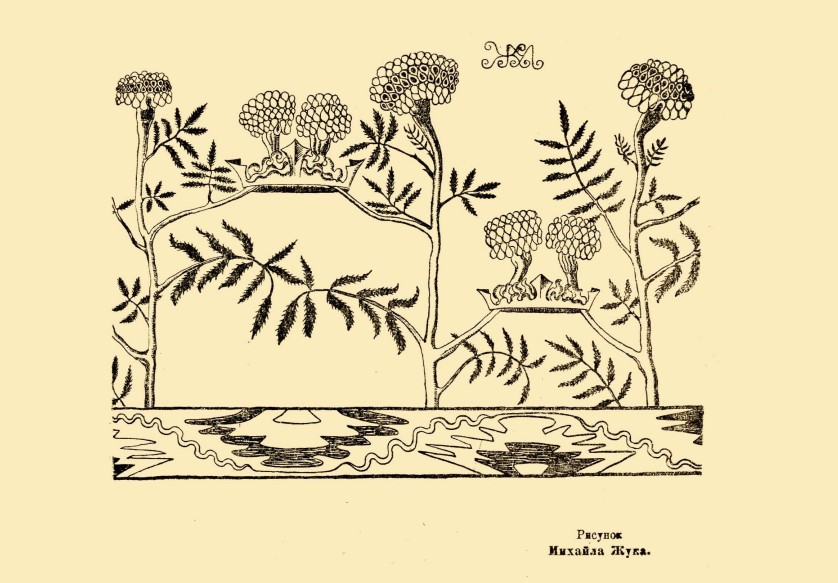Series #3: Gone with the Revolutionary Whirlwind: The Ukrainian Academy of Arts in Kyiv (1917-1924) and Russian-speaking émigré artists in Istanbul
Many émigré artists who settled in Constantinople after the Russian revolution of 1917 were from the territory of present-day Ukraine. Most of them were artists from Kharkiv, Odesa, and Kyiv.

The latter city, Kyiv, being of particular interest, since preparations were underway there on the eve of the revolution for the opening of the Ukrainska Akademiia Mystetstva [the Ukrainian Academy of Art]. It was assumed not only that young Ukrainian artists would henceforth study there instead of going for education to Moscow, St. Petersburg, or Paris, but also that Ukrainian artists would create original works with an emphasis on their own Ukrainian culture. As Mykola Burachek (1871–1942) wrote, “And we, who are just beginning to rebuild our culture, we, who are becoming an organic whole with our people, because we came out of it and live by its desires and thoughts, we cannot and have no right to live by the art of others” (Burachek 1919, 104).
The grand opening of the academy, the first rector of which was Fedir Krychevsky (1879–1947) took place in December 1917. Among the first professors of the Academy were Mykhailo Boychuk (monumental art), Mykola Burachek (landscape), Vasyl Krychevsky (architecture, composition), Mykhailo Zhuk (panel painting, drawing), and Heorhiy Narbut (graphics). Alas, 1918 brought many misfortunes to Kyiv and local artists: in January, the city and its architectural structures were bombed and street battles were accompanied by robberies and fires. The art collection of Professor Vasyl Krychevsky, consisting of objects of Ukrainian antiquity (paintings, carpets, glass and ceramic pieces), was destroyed in a fire caused by the bombardment. Needless to say, it was not the only art collection that was destroyed at the time. Vasyl Krychevsky himself emigrated from the USSR in 1943: first, he lived in Lviv, later in Paris, and finally settled with his family in Caracas.
Dimitri Ismailovitch (1890–1976, a Ukrainian painter from Sataniv) and Roman Bilinski (1897–1981, a Polish painter and sculptor from Lviv) were fortunate to have studied at the academy before emigrating. Both settled in Constantinople/Istanbul, became leaders of the Union of Russian Painters in Constantinople (1921/1922–1923), lived in the city for quite a long time, and, having achieved significant success, left it in different directions and for various reasons. Dimitri Ismailovitch worked for the rest of his life as a painter in Brazil, and Roman Bilinski worked as a painter and sculptor in Italy. Who knows how their destinies might have turned out and what their artistic endeavours would have been if the revolutionary whirlwind had not carried them away from Kyiv?
Bibliography (selection):
Ernst, Fedor. Hudozhestvennye sokrovishcha Kieva, postradavshie v 1918 godu. Kiev: GURO, 1918.
Burachek, Mykola. “Mistectvo u Kiivi.” Muzaget, January-March 1919, pp. 99-115.
Farotto, Marco. Roman Bilinski – Un artista cosmopolita nel Ponente ligure. Ventimiglia: Philobiblon Edizioni, 2006.
Leykind, Oleg, et al. Hudojniki Russkogo Zarubej’ya (1). Izd.dom “Mir”, 2019, p. 576.

